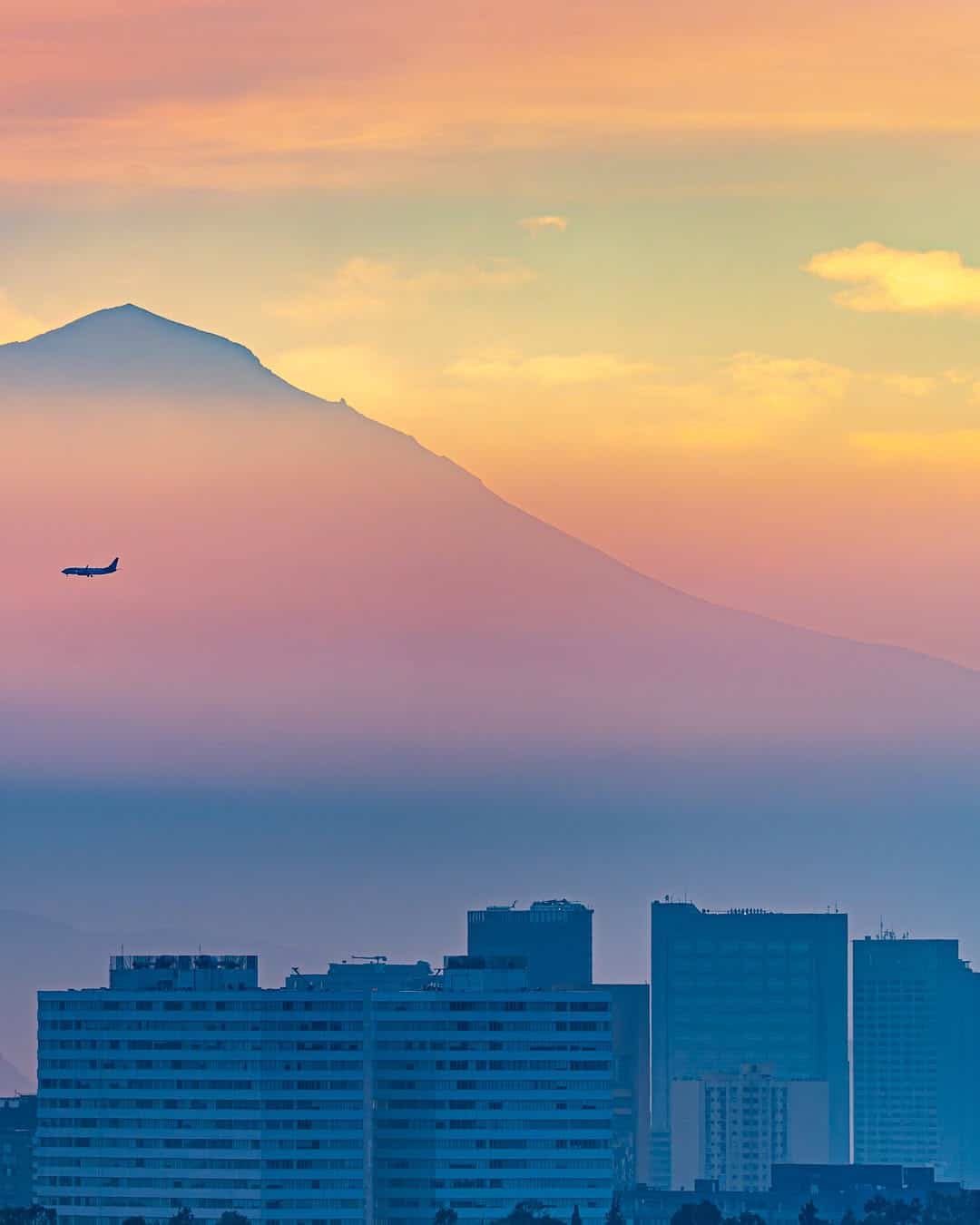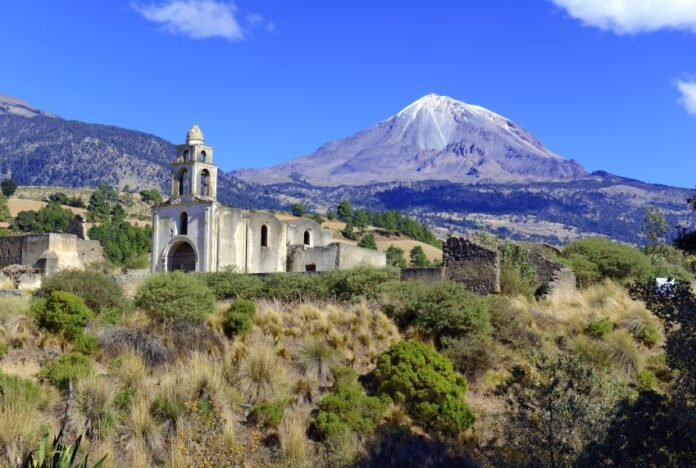Mexico’s 12 surviving glaciers — nine on Pico de Orizaba and three on Iztaccíhuatl — are on the brink of disappearing within five years, according to research from the National Autonomous University of Mexico (UNAM).
Driven by rising global temperatures and volcanic activity, the loss of the glaciers threatens water supplies, biodiversity and cultural heritage, researchers said. Mexico’s second-tallest peak, Popocatépetl, has already been without glaciers for more than 20 years.
During a March 21 symposium at UNAM titled “Glaciers, Climate Change and Local Water Management,” UNAM volcanologist Hugo Delgado Granados explained that conservation is no longer viable due to a warming climate.
“The equilibrium line, where snow accumulation offsets melting, now sits above 5,300 meters — higher than any Mexican glacier,” said the UNAM Institute of Geophysics researcher.
The three glaciers on Iztaccíhuatl, which cover only 0.2 square kilometers combined, persist only because they are sheltered in volcanic craters, he added.
“This protects them in some way,” he said. “But, glaciologically speaking, they should no longer be there.”
At an elevation of 5,230 meters (17,160 feet) above sea level, Iztaccíhuatl is Mexico’s third-highest mountain. Meaning “white woman” in the Nahuatl language for snow-capped peaks that resemble a sleeping woman, the dormant volcano — which hasn’t erupted in thousands of years — is approximately 55 kilometers southeast of Mexico City on the border of Puebla and México state.
Its glacial mass registered a 20% loss of area between a 1964 study and another one in 2005, representing a retreat of 10,122 square meters per year.
The nine named glaciers on Pico de Orizaba suffered even more pronounced losses, such as Gran Norte losing up to 90% of its mass between 1958 and 2001, and Oriental shrinking by 50% between 2003 and 2018, according to studies.
Also known as Citlaltépetl (Nahuatl for “star mountain”), Pico de Orizaba measures 5,636 meters (18,491 feet), making it Mexico’s highest peak and the tallest volcano in North America. Located on the border of Puebla and Veracruz, it hasn’t erupted since 1846. Its Jamapa Glacier, the country’s largest, covers about 9.1 square kilometers and provides vital freshwater to nearby regions.

As for Popocatépetl — an active volcano and Mexico’s second-highest peak — its glaciers disappeared entirely by 2001, their demise hastened by eruptions.
Standing at an elevation of 5,426 meters (17,802 feet), Popocatépetl, “Smoking Mountain” in Nahuatl, has been continuously active since 1994, emitting ash, gas and occasional lava flows.
Also nicknamed “Don Goyo” for its association with Saint Gregory in local lore (Goyo is a diminutive for Gregorio), it is about 70 kilometers southeast of Mexico City, straddling the borders of Puebla, Morelos and México state.
All three of the volcanoes are within the Trans-Mexican Volcanic Belt.
Historical photographs underscore the retreat. A 1920s image shows Iztaccíhuatl and Popocatépetl blanketed in snow; by 2018, only bare rock remained. That year, the Ayoloco Glacier on Iztaccíhuatl was declared extinct and marked with a commemorative plaque.
Retreating glaciers pose significant challenges for nearby communities, exacerbating water scarcity in a nation already grappling with droughts and pollution.

Glaciers contribute approximately 5% of the country’s freshwater supply, Ramiro López Aguirre, vice president of the Mexican Association for Proper Hydration, wrote in the newspaper El País.
Glacial retreat also disrupts ecosystems and prevents mountain peaks from absorbing heat.
“Glaciers reflect solar radiation,” López Aguirre wrote, “acting as a natural shield against excessive warming.”
Globally, UNESCO reports glaciers have lost 9,000 gigatons of ice since 1975 — enough to cover Germany in 25 meters of ice — and contributed to a 2.7 centimeter rise in sea levels since 1961. Nearly 2 billion people worldwide rely on glacial meltwater for drinking, agriculture and energy generation.
With temperatures continuing to rise — 2024 was the warmest year on record — nations such as Argentina and Chile have enacted laws protecting glaciers from industrial activities like mining.
However, Delgado argues that Mexico must focus on adaptation rather than preservation since its 11 glaciers are already beyond saving.
“The question is no longer whether we can save glaciers, but how to adapt to a world without them,” Delgado said during the 96-minute UNAM round-table discussion, which can be viewed on YouTube (if desired, click on “settings” to set up subtitles auto-translated into English).
Additionally, UNAM Global TV produced a two-minute video, “Glacier Melting: The Latest Call to Action.”
With reports from La Jornada, Infobae, El País and UNAM Global TV
